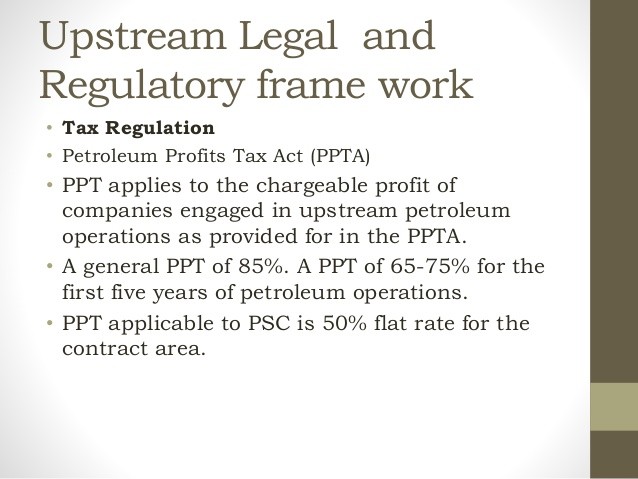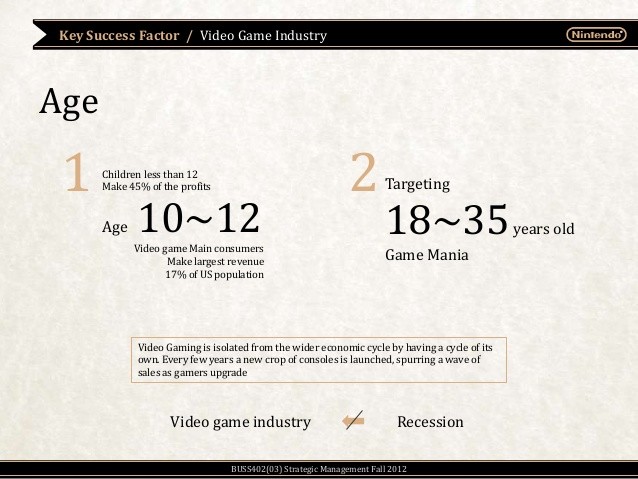4 Key Factors To Building A Profitable Portfolio
Post on: 29 Март, 2015 No Comment

Portfolio management means different things to different people but, in general, it is a way of balancing risks and rewards. And while the goal of any investment strategy seems straightforward – make money – it often depends on an investor’s circumstances.
Measuring Return on Investment (ROI)
ROI = (Gains — Cost)/Cost
Of course, ROI depends on the types of securities an investor chooses to hold, and this can change as market conditions improve or worsen. Typically, the higher the potential ROI, the higher the risk and vice-versa. Therefore, controlling risk is one of the primary functions of sound portfolio management.
Because risk and reward are, in essence, two sides of the same coin, one’s tolerance of the former tends to influence or even dictate the latter. For example, if a person seeks to maintain, rather than grow her current assets, she may want only safe and secure investments in her portfolio. But what is safe and secure and how can such an objective be achieved? (For background reading, check out What Is Your Risk Tolerance? )
Generally, there are two ways to mitigate investment risk and still trump the prevailing inflation rate. The first is by carefully selecting securities, as some are obviously riskier than others. While an investor may hit a home run by purchasing a favorite penny stock. there’s always the possibility he’ll strike out. Conversely, a government bond may not offer the opportunity to trot around the bases often, but it’s not likely to get you tossed out of the game either.
One way to assess risk is by determining the beta of the security under consideration. A beta of 1 indicates that the stock value typically rises and falls in conjunction with the market. Higher and lower betas indicate more or less divergence from the respective market averages. (For more insight, see Beta: Know The Risk .)
Another, more complex, means of evaluating risk is via the Sharpe ratio. which measures risk-adjusted performance by subtracting a risk-free rate, like the 10-year U.S. Treasury bond, from one’s investment returns and dividing the result by the standard deviation of those returns. The greater the ratio, the better the risk-adjusted performance is said to be. (To learn more, check out Understanding The Sharpe Ratio .)
Regardless of how one chooses to quantify it (other methods include alpha, r-squared and simple standard deviation calculations), risk really boils down to price volatility; hence, the second, and perhaps most popular, method of minimizing risk is through diversification.
It’s no secret that securities like gold and silver typically perform well during market downturns, while others, like technology stocks, do better when the market is surging. By balancing holdings to hedge against different market conditions, investors can achieve relative portfolio stability – even with highly volatile individual investment vehicles.
Getting Diversified
While diversification is good, there is danger in over-diversifying. The whole point of a varied portfolio is to smooth out the peak-and-valley pricing effects brought about by normal market fluctuations and combat longer term stock/market downturns. Anything beyond that can quickly become counterproductive, as curbing downside risks also involves stifling upside potential.
This middling effect can be easily understood by considering a portfolio comprised solely and equally of the aforementioned gold/silver stocks and technology stocks. In theory, the gold/silver stocks will perform well in bearish markets and not so well in bullish markets, with the reverse holding true for the technology stocks. Of course, the net result is a stagnant portfolio, with gains in one area, offset by losses in another area. (Frustrated stock pickers rejoice. Asset class selection is simpler and safer. For further reading, see Diversification: It’s All About (Asset) Class .)
Avoiding the Lottery Effect
Even worse than a diversity-gone-wild portfolio is one overly reliant on high-risk, high-return investments – even if they are varied and have proved (as much as that is possible) to offer a positive expectation in the long run. The reason for this is simple: The more speculative the investment, the more likely that: A) The promised gains won’t materialize; or B) The investor is faced with a liquidity crisis that requires selling the holdings prematurely and at a loss.

Things to Consider
So, when deciding on the right portfolio blend, keep these things in mind:
1. Goals – Exactly what is it that you are trying to accomplish? Is your objective to accumulate wealth or to hold on to what you already have?
2. Risk Tolerance – How do you handle the day-to-day fluctuations of the market and the consequent rise and fall of your net worth. If you are prone to wild reactions, like checking the sky for swarms of locusts every time your portfolio loses value, it might behoove you to find more stable investments. True, it might take you longer to reach some of the financial goals you’ve set, but at least you’ll sleep at night … and the crops will be safe. (Forget the clichés and uncover how much volatility you can really stand. Read Personalizing Risk Tolerance .)
3. Own What You Know – Often it helps to invest in businesses and industries that you know something about. Acme Widgets may have had a great fourth quarter, but if you know nothing about the widget industry, how do you know that the company will continue to be successful? For that matter, how do you know that people will still be using widgets five to 10 years from now? Obviously, information about a specific business or industry doesn’t necessarily provide the answers to these questions, but it sure doesn’t hurt.
4. When to Buy/Sell – If the stock market has taught us anything recently, it is that Kenny Rogers was right: You gotta know when to hold ‘em, know when to fold ‘em. Every purchase you make should have a purpose, and you should constantly re-evaluate that purpose according to the market and other conditions.
The Bottom Line
By thoroughly understanding and articulating your monetary goals and being an active participant in your financial planning, it’s possible to grow your investment portfolio safely and steadily — without growing any (more) gray hairs in the process. (Achieve analytical efficiency by applying your evaluation to a key set of stocks. Check out Equity Portfolio Management Mechanics .)














